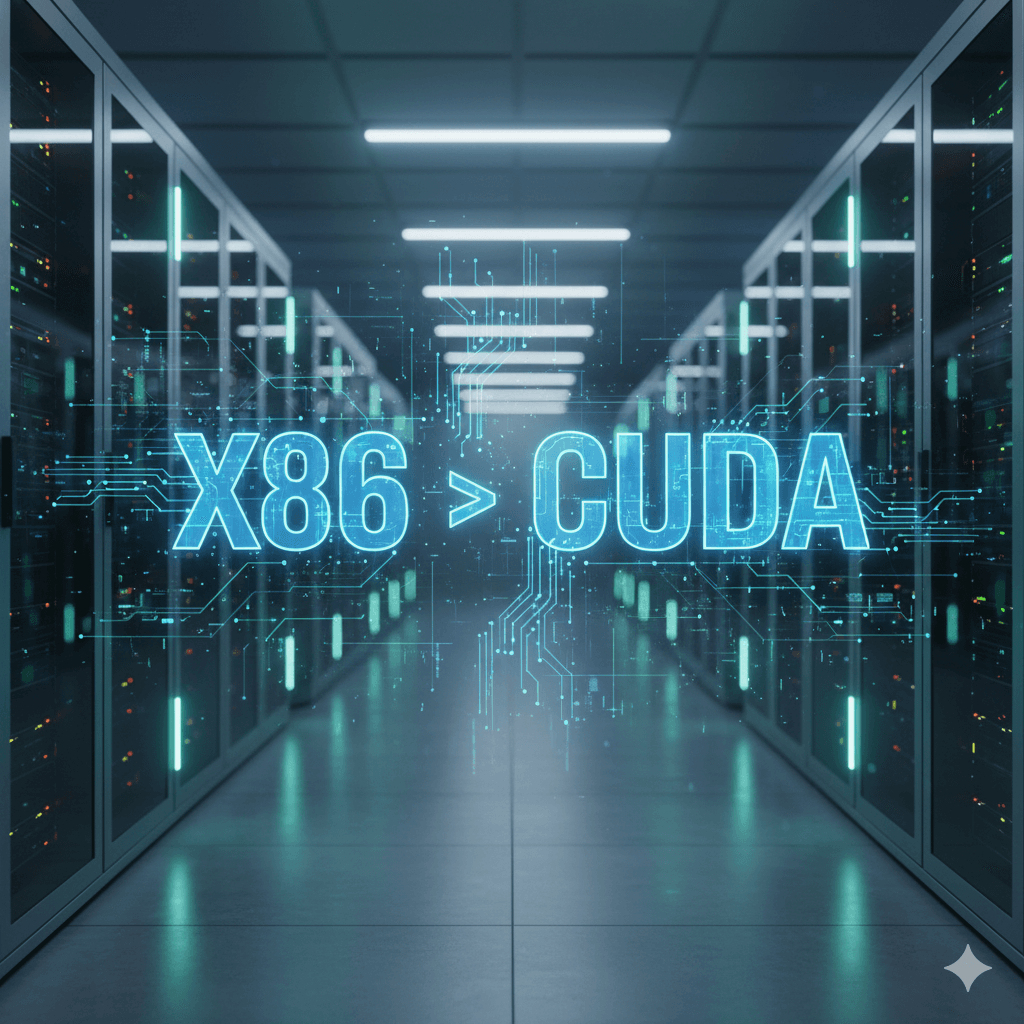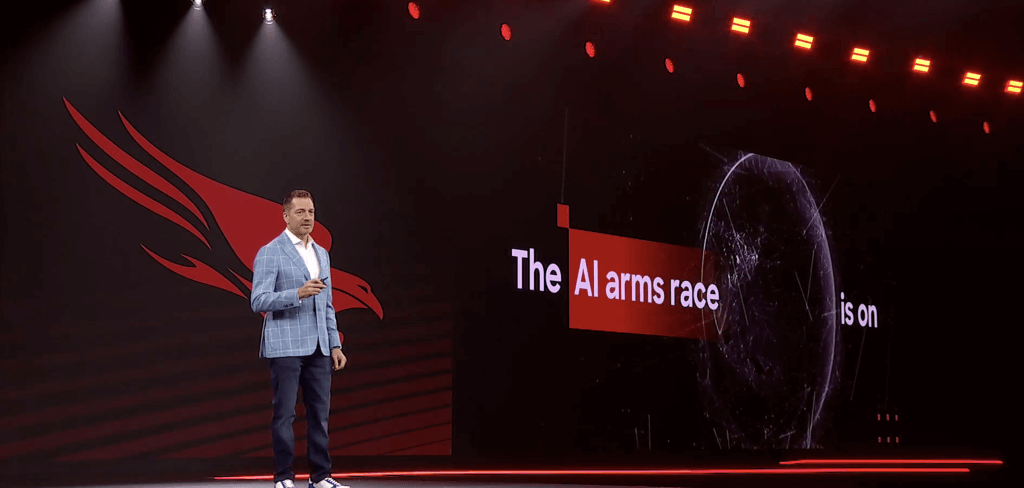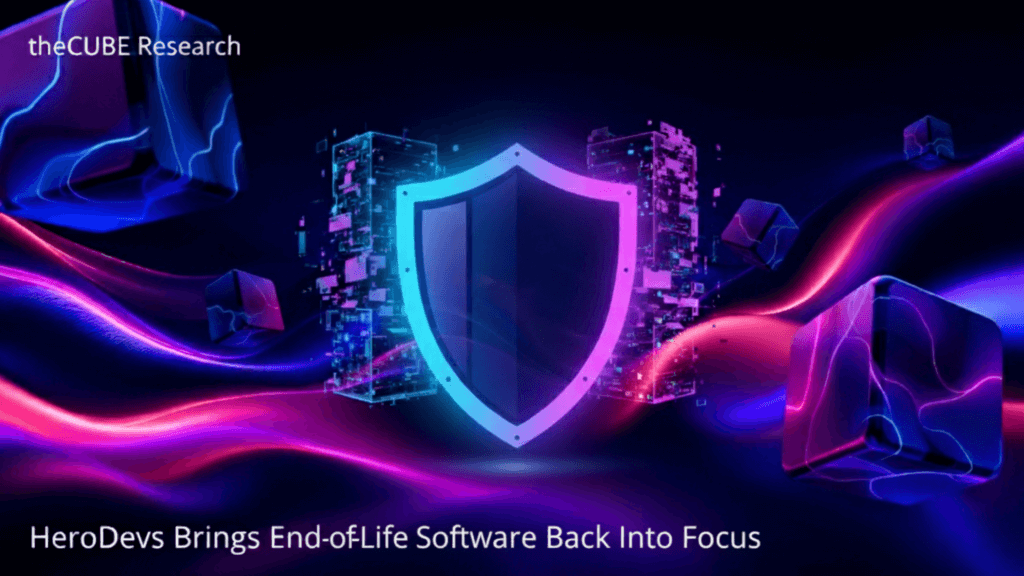Special Breaking Analysis: Cybersecurity’s Enduring Asymmetry in the Age of AI

For the past several decades, Cybersecurity has been an unfair fight. The economics have favored attackers, which have access to sophisticated resources, lower costs, fast innovation cycles and deep knowledge of vulnerabilities. Defenders, by contrast, bear the full burden of securing sprawling networks, fragmented technologies, and human error, all while operating under legal, regulatory, and financial scrutiny.
Networking for AI Summit Keynote

The Networking for AI Summit kicked off with a great market insights discussion with Zeus Kerravala of ZK Research. We discussed how AI is impacting networking environments, including the back-end, front-end, and WAN. Their central thesis: the network is not ancillary to AI, it is the foundation that determines whether training, inference, and emerging agentic […]
Developers Need to Rethink Cloud Cost Management

Mike Julian (Duckbill) argues that cloud cost management must shift from micro-optimizations to architectural planning. Learn how AppDev teams can “Shift Left” FinOps to reduce structural cloud waste.
Simplifying and Scaling Networking for the AI Era: Extreme Networks

Artificial intelligence (AI) adoption is accelerating rapidly across industries, moving from experimental pilots to enterprise-wide initiatives that span the edge, data center, and wide-area networks. With this shift, the role of the network is evolving from a supporting utility to a strategic enabler of AI-driven transformation. At the recent Networking for AI Summit, I spoke […]
Meter: Networking Built for the AI Era

At the Networking for AI Summit, I had the opportunity to speak with Anil Varanasi, Co-Founder and CEO of Meter, across two sessions that showcased both the company’s vertically integrated networking platform and its new AI-driven operations tool, Meter Command. Together, they highlight a vision for how enterprises can simplify networking today while preparing for […]
The State of Digital Labor Transformation:

In this episode of Next Frontiers of AI, Scott Hebner and Christophe Bertrand, both Principal Analysts at theCUBE Research, unpack fresh primary research data on the state of digital labor transformation. The new Digital Labor Transformation Index reveals a striking workforce evolution underway: business leaders are no longer viewing agentic AI as simply a software automation or analytics paradigm shift, but as a genuine labor market phenomenon that promises to fundamentally change how work gets done.
The data shows more than 70% of AI and business professionals believe this generation of leaders will be the last to manage human-only workforces, underscoring a conviction that digital labor is inevitable. With an aggregate maturity score of 3.1 across 13 dimensions on a 0–5 scale, enterprises are moving steadily from experimentation into structured adoption—but the journey remains uneven and trust in autonomous roles is fragile. The research highlights the pivotal role that Chief HR Officers (CHROs) will play as co-architects of this transformation, and how the emerging role of Chief AI Officers (CAIOs) is destined to expand into a powerful intersection of business strategy, technology leadership, and digital workforce design.
The conclusion: success in digital labor transformation will require cross-functional ownership, new models of trust, and bold leadership from both CHROs and emerging Chief AI Officers. #DigitalLabor #AgenticAI #FutureOfWork
292 | Breaking Analysis | Intel – NVIDIA: The Baton Passes to the CUDA Era

In our view, the Intel–NVIDIA pact further accentuates NVIDIA’s dominance and represents a final handoff of the baton in the race to the next era of computing. Just as Intel had a lock on the market in the 80s and 90s, NVIDIA has now extended its moat deep into the x86 ecosystem (in both PCs and the data center) and expanded its TAM by $500B to $1T by our estimates. The subtext here is that Lip-Bu Tan is taking necessary steps to save Intel. In doing so, he’s hitching the company’s wagon to the future, which is being defined by CUDA, NVIDIA’s software platform. This move by our estimates, increases Intel’s TAM by $100B and breathes new life into the x86 franchise, which was rapidly deteriorating. In our view, Intel foundry remains problematic but will get a boost from the system on chip (SoC) products that this partnership will produce. On balance we see this as a win for both companies, x86 customers and a further boost for AI’s momentum.
Special Breaking Analysis | CrowdStrike’s Agentic Pivot and George Kurtz’s Security AGI Vision

CrowdStrike used Fal.con 2025 to harden its ongoing value proposition that security is a speed game. But the company extended its messaging emphasizing that platforms which orchestrate fleets of AI agents will set the bar for the future of security. In our view, George Kurtz’s keynote and theCUBE interview (below) mark a goal to create […]
HeroDevs Brings End-of-Life Software Back Into Focus

Discover how HeroDevs addresses the systemic risk of end-of-life open source software and provides commercial support to secure legacy frameworks like AngularJS and Apache Struts, enabling compliance and safer modernization.
